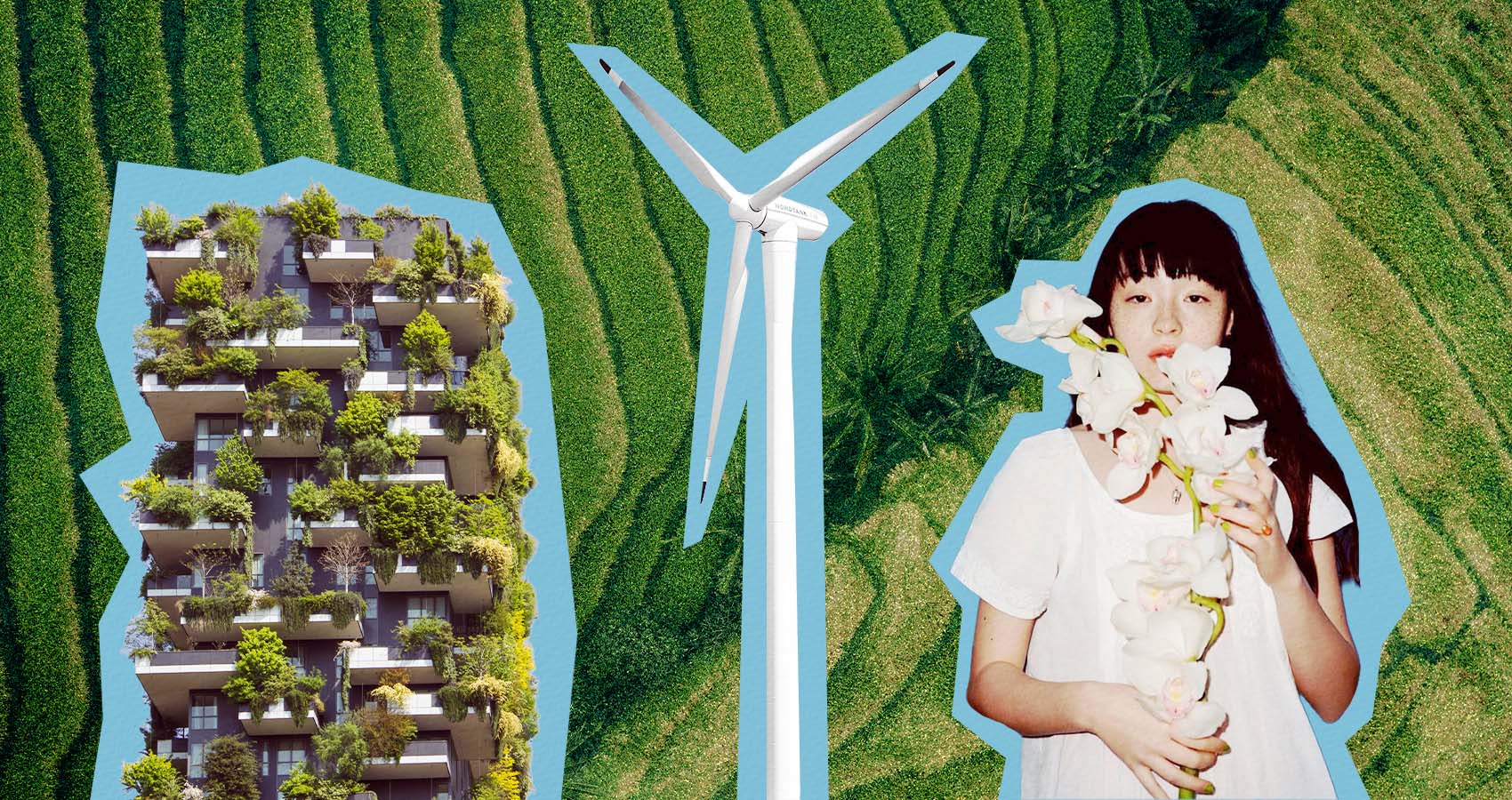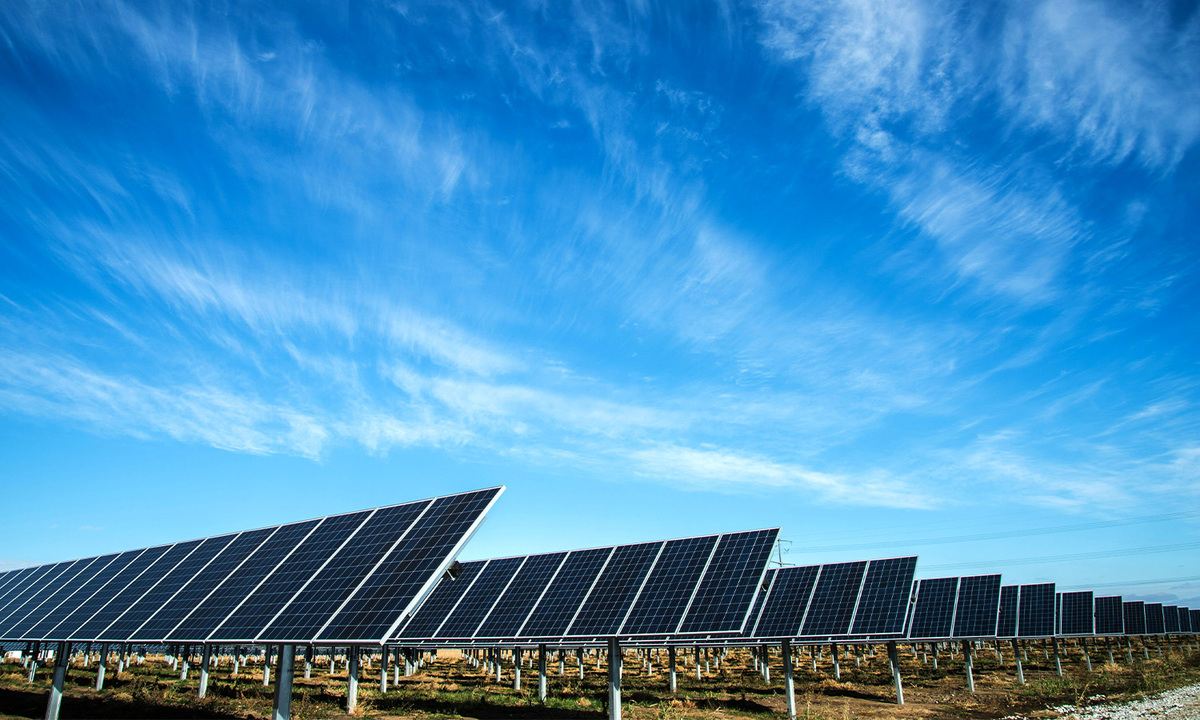
Green Innovations: Pioneering Eco-Friendly Technology For Tomorrow
Making a sustainable future possible with green innovations.
As the world grapples with escalating environmental challenges, the push towards green technologies has never been more pressing. These innovations offer hope, illuminating the path to a sustainable future. For individuals across the UK, embracing these technologies can significantly reduce environmental impact.
Keep reading as we delve into the various facets of green technology, urging readers to consider how adopting such innovations can transform their lives and, ultimately, the planet.
1. Renewable Energy: Powering The Future
Renewable energy stands at the forefront of the fight against climate change, offering a cleaner alternative to fossil fuels. Solar panels, wind turbines, and hydroelectric power are not just for nations or corporations to invest in; they also present an opportunity for households. Installing solar panels on rooftops can drastically cut electricity bills and carbon footprints.
For those without the means for such installations, switching to a green energy provider ensures that your home’s electricity comes from renewable sources. Engaging with local community energy projects can also amplify the impact, making renewable energy accessible to everyone.
As individuals and businesses increasingly adopt these eco-friendly solutions, understanding the broader landscape of sustainable consumption, including how to optimize resource use and potentially compare green energy tariffs through services like UtilityBidder, becomes an integral part of a truly green transition.

2. Sustainable Transportation: Moving Towards A Greener Tomorrow
Adopting sustainable transportation methods is another effective way to reduce environmental impact. Electric vehicles (EVs) have surged in popularity, backed by expanding charging infrastructure across the UK. For those considering a new car, exploring the EV market could significantly lower greenhouse gas emissions over the vehicle’s lifetime.
Furthermore, public transport, cycling, and walking reduce carbon emissions and foster a healthier lifestyle. Local authorities are enhancing cycling infrastructure, making it easier for people to choose greener modes of transport over driving.
3. Smart Homes And IoT: Efficiency At Your Fingertips
Integrating smart home technologies and the Internet of Things (IoT) brings unprecedented control over energy consumption. Smart thermostats adjust heating and cooling in real-time, ensuring energy is used only when necessary.
Similarly, LED lighting, which consumes a fraction of the energy of traditional bulbs, can be controlled remotely, reducing unnecessary usage. Upgrading to energy-efficient appliances can also significantly affect a home’s carbon footprint. Residents can start small by replacing one appliance or light bulb at a time, gradually moving towards a fully energy-efficient home. Engaging with these technologies benefits the planet and brings down electricity bills.

4. Waste Reduction Technologies: The Path To Zero Waste
Achieving a zero-waste lifestyle is becoming increasingly attainable thanks to new technologies and innovations. Compostable materials and packaging alternatives are now more widely available, offering a sustainable option to traditional plastic. Households can contribute by choosing products with eco-friendly packaging and composting organic waste, reducing landfill contribution and greenhouse gas emissions.
Moreover, the progression in recycling technologies enhances our ability to recycle more materials efficiently. One impactful area where technology makes a significant difference is repairing and reusing electronic devices. The increase in services offering mobile phone repairs, including mobile screen and tablet repairs, exemplifies a shift towards sustaining the life of our gadgets. Searching for “mobile phone repair near me” or “tablet repair near me” leads to immediate solutions, such as Likewize, for damaged devices and actively reduces waste. By choosing to repair rather than replace, individuals support a circular economy that values resource conservation and reduces e-waste
5. Green Spaces And Urban Sustainability: Breathing Life Into Cities
Urban areas are often seen as the antithesis of green living, but technology is changing that narrative. Green roofs and vertical gardens enhance the aesthetic of urban landscapes, improve air quality, and provide habitats for wildlife. Residents and community groups can advocate for incorporating these green spaces in new developments or retrofitting them into existing buildings.
Additionally, supporting local parks and community gardens contributes to the sustainability of urban areas, providing much-needed greenery and promoting biodiversity. These initiatives benefit the environment and improve the quality of life for urban residents.

6. Water Conservation: Technologies For A Thirsty Planet
Water conservation is increasingly critical in the UK, where population growth and climate change strain water resources. Technologies such as rainwater harvesting systems allow individuals to collect and use rainwater for gardening and, with proper filtration, even for domestic purposes. Water-efficient appliances, such as washing machines and dishwashers, significantly reduce water usage.
Simple changes like fixing leaks promptly and installing low-flow taps and showers can make a big difference. Encouraging water conservation in communities through education and adopting these technologies can lead to substantial savings in water usage, demonstrating that every drop counts.
7. Eco-Friendly Building Materials: Constructing The Future
The construction industry is a major contributor to carbon emissions, but it’s undergoing a green transformation. Eco-friendly building materials, such as bamboo, recycled steel, and thermal insulation made from recycled materials, are on the rise. These materials reduce the environmental impact of new buildings and improve energy efficiency over their lifespan.
Individuals planning home improvements or new builds can opt for these sustainable materials, significantly reducing their carbon footprint. Support for green architecture and sustainable building practices among the public can drive more widespread adoption across the industry.

8. Agriculture And Food Production: Sowing The Seeds Of Sustainability
Technological innovations in agriculture aim to reduce environmental impact while meeting the growing demand for food. Precision farming, which uses GPS and IoT technologies, optimizes resource use and increases yields. Vertical farming and hydroponics, requiring less land and water than traditional methods, offer sustainable alternatives for urban food production.
Plant-based meat alternatives also present a significant opportunity to reduce the environmental footprint of our diets. By supporting local and sustainable food producers and considering plant-based options, individuals can contribute to a more sustainable food system.
9. Community Solar Projects: Collective Power Generation
Community solar projects represent a powerful tool in democratizing access to renewable energy. These initiatives allow individuals who may not have the capacity to install solar panels on their property, such as renters or those with unsuitable roofs, to invest in solar energy.
By joining a community solar scheme, participants can purchase or lease a portion of a larger solar array, offsetting their electricity consumption with clean energy. This model supports the transition to renewable energy and fosters community engagement and awareness around sustainability issues. Supporting or initiating a community solar project can make renewable energy accessible to a wider audience, underscoring the collective effort required to tackle climate change.

10. Environmental Monitoring And Data Analytics: The Backbone Of Sustainability
The role of technology in environmental monitoring and data analytics cannot be overstated. Advanced sensors and satellite imaging provide critical data on climate change, deforestation, and pollution levels. This information is crucial for making informed decisions about conservation efforts and policy-making. Individuals can engage with this technology by using apps that track their carbon footprint, allowing them to make more sustainable choices in their daily lives.
Furthermore, supporting organizations utilizing these technologies in their conservation efforts can amplify their impact. As we become more aware of our environment and our role within it, technology offers the tools needed to make a positive change.
Conclusion: The Role Of Individuals In Embracing Green Technology
The journey towards a sustainable future is paved with green innovations. From renewable energy to smart homes and waste reduction to water conservation, the opportunities for individuals to make a difference are vast. Each technology discussed here offers a pathway to reduce environmental impact and promote a healthier planet.

Adopting green technologies is not just about making a one-time change; it’s about fostering a sustainable lifestyle that evolves with us. Assessing daily practices and identifying areas for improvement is the first step. Whether it’s by investing in renewable energy, choosing sustainable transportation, or supporting local green initiatives, every action counts. We can forge a sustainable path for future generations through informed choices and a commitment to green technologies.











